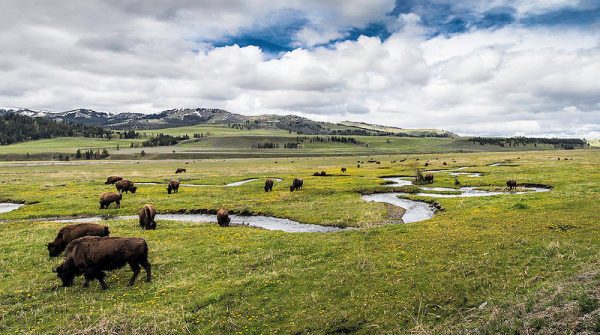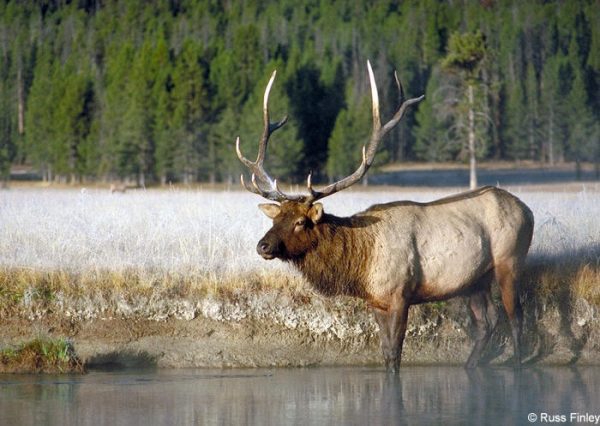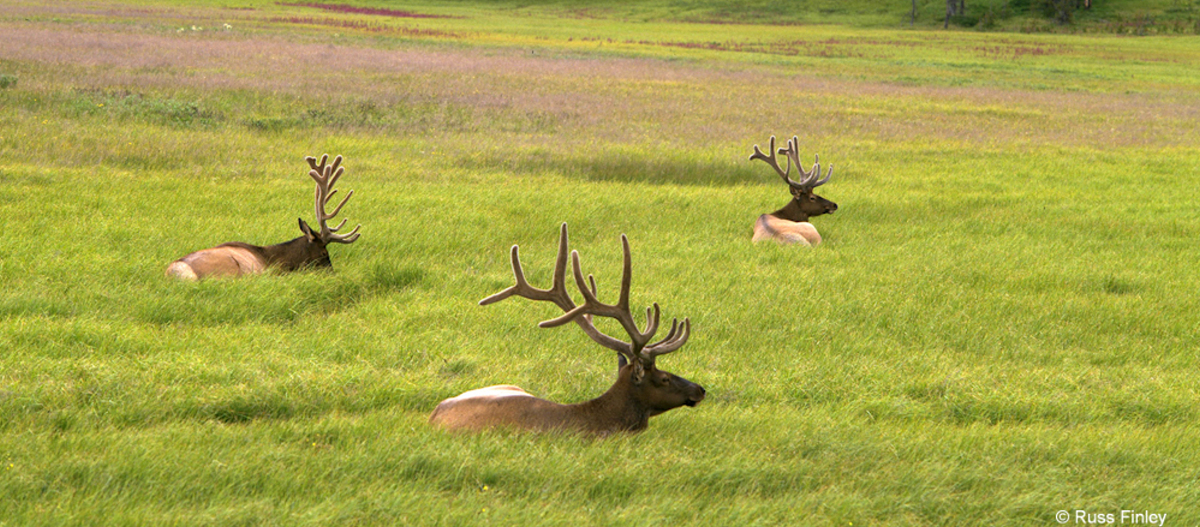Yellowstone’s abundant and diverse wildlife are as famous as its geysers. Within this pristine wilderness, nearly 300 species of birds, 16 species of fish, five species of amphibians, six species of reptiles, and 67 species of mammals—including seven native ungulate species and two bear species—thrive in their natural habitats.
Here’s a glimpse of the remarkable wildlife that calls Yellowstone home:
- Mammals: Yellowstone boasts the largest concentration of mammals in the lower 48 states. Bison, grizzly bears, gray wolves, elk, pronghorn, bighorn sheep, mountain goats, and mountain lions roam freely across the park. Their migrations span vast distances as they seek the best plant growth throughout the seasons.
- Birds: Spring is a magical time for birdwatchers, as migration brings many species back to the park. Keep an eye out for trumpeter swans, bald eagles, osprey, and a variety of other avian residents.
- Fish: Native fish species play a crucial role in Yellowstone’s natural food webs and have significant local economic importance. Their underwater world is essential for maintaining ecosystem balance.
- Amphibians and Reptiles: Amphibians, such as frogs and salamanders, serve as valuable indicators of environmental health. Meanwhile, six reptile species inhabit the park, each adapted to its unique niche.

Habitat preferences and seasonal cycles of movement determine, in a general sense, where a particular animal may be at a particular time. Early morning and evening hours are when animals tend to be feeding and thus are more easily seen. But remember that the numbers and variety of animals you see are largely a matter of luck and coincidence. Check at visitor centers for detailed information.
Wild animals, especially females with young, are unpredictable and dangerous. Keep a safe distance from all wildlife. Each year a number of park visitors are injured by wildlife when approaching too closely. Approaching on foot within 100 yards (91 m) of bears or wolves or within 25 yards (23 m) of other wildlife is prohibited.

Please use roadside pullouts when viewing wildlife. Use binoculars or telephoto lenses for safe viewing and to avoid disturbing them. By being sensitive to its needs, you will see more of an animal’s natural behavior and activity. If you cause an animal to move, you are too close! It is illegal to willfully remain near or approach wildlife, including birds, within ANY distance that disturbs or displaces the animal.
Yellowstone also has a wide variety of plant life. In the spring and early summer, wild flowers appear in abundance. They are well worth viewing, and it is usually safer to approach them.
